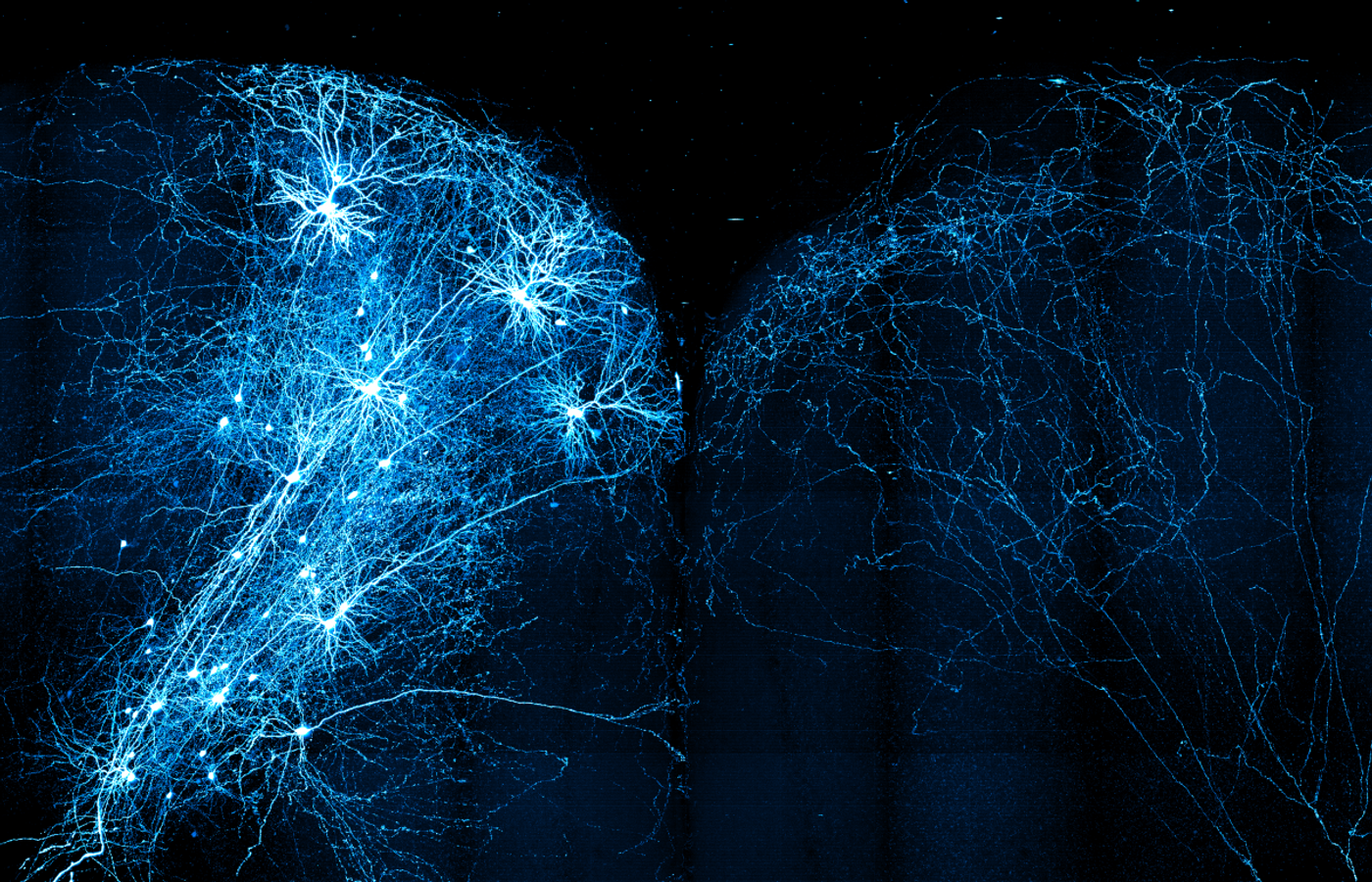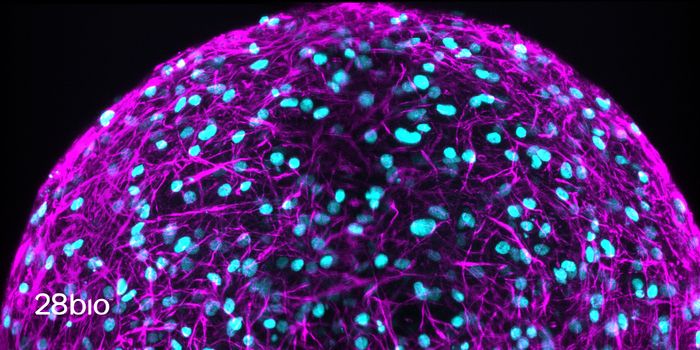Neuroscientists create a stunning digital map of 1,000 neurons
Two years ago, Dr. Jayaram Chandrashekar and his colleagues at the Howard Hughes Medical Institute’s Janelia Research Campus sought out to map the mouse brain as intricately as possible. Now, they have unraveled more than 1,000 neurons by tracing each cell’s branch (called an axon) all the way to the next cells in line that these cells connect to. If laid end to end, neurons would stretch more than 85 meters – nearly the length of a soccer field, the team reports in the journal Cell.
When researchers began their brain mapping project, neuroscientists had a general idea of how each brain region was connected, but the actual structure of neural pathways remained unknown. A detailed picture of the neural circuits in a rodent brain can help scientists better understand how to brain is wired, and inform how different types of cells communicate with one another. In 2017, the neuron-tracing project, called MouseLight, mapped the first 300 neurons. Now, they’ve added another 700 cells.
“It’s by far the largest digital collection of such neurons,” says Chandrashekar.
Researches use the latest neural tracing technology to map cells. First, they inject a virus that can target specific cells to make them light up. Next, a fluorescence microscope is used to make these cells glow, and high-resolution images of the stunning neurons are captured. A computer program then stitches nearly 20,000 images together to make a 3-D map of the brain. These tools are powerful and fast – currently, it only takes one day to trace a single neuron. A few years ago, it took over a week.
"It's like putting together 20,000 Lego blocks," Chandrashekar says.
A high-resolution image of neurons sending long-range axonal branches across the mouse brain.
Photo credit: MouseLight/ Janelia Research Campus
Despite advances in brain mapping, much of the mouse brain – which contains about 70,000 neurons – is uncharted territory. Dr. Karl Svoboda, group leader at Janelia, estimates that you’d need to trace 100,000 neurons to get even a crude view of an entire brain map.
The MouseLight team has focused on a few key brain areas: the motor cortex, the hypothalamus, and the thalamus, to name a few. They even found previously unidentified types of cells within these brain regions based on the shape of the cells’ branches. The project is moving forward quickly, and the team has shared their impressive dataset online so that other scientists can benefit from and join their neural cartography effort.
Source: ScienceDaily, HHMI News









